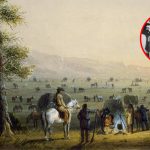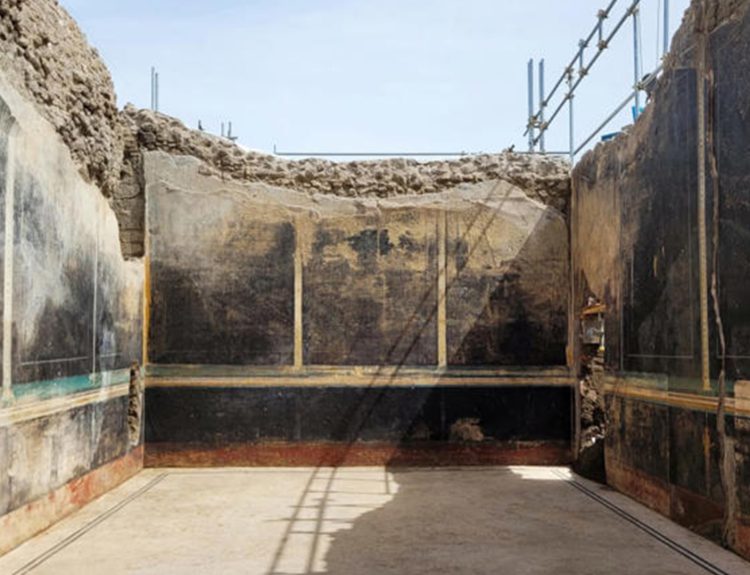British archaeologist Howard Carter, made the discovery of a lifetime in Egypt’s Valley of the Kings. The find came after several years of excavating in the Valley. The dig, financed by Lord Carnarvon, hoped to do three things.
First, the goal was to further knowledge about the lives of ancient Egyptian pharaohs. Second, it served to satisfy the thirst for all things Egypt. At this time, people across Europe and even in the Americas were fascinated with Ancient Egypt. It was trending.
Searching for Priceless Artifacts
Lastly, the archaeological dig was conducted to find priceless ancient artifacts which would make Carter famous and line the pockets of the expedition’s financier, Lord Carnarvon. Hopes were high to accomplish all three goals when Carter and his team unearthed the entrance to the tomb of King Tutankhamun.

The entrance was obscured from view by debris, but on November 26, 1922, after carefully removing the debris, Carter spotted the sealed door to the pharaoh’s burial chamber. Just how was the tomb sealed? Let’s find out.
Ancient Egyptian Burial Practices
The burial and funerary practices of the Ancient Egyptians were complex and elaborate. They were driven by the deeply rooted religious beliefs of the culture which places a significant importance on the afterlife.
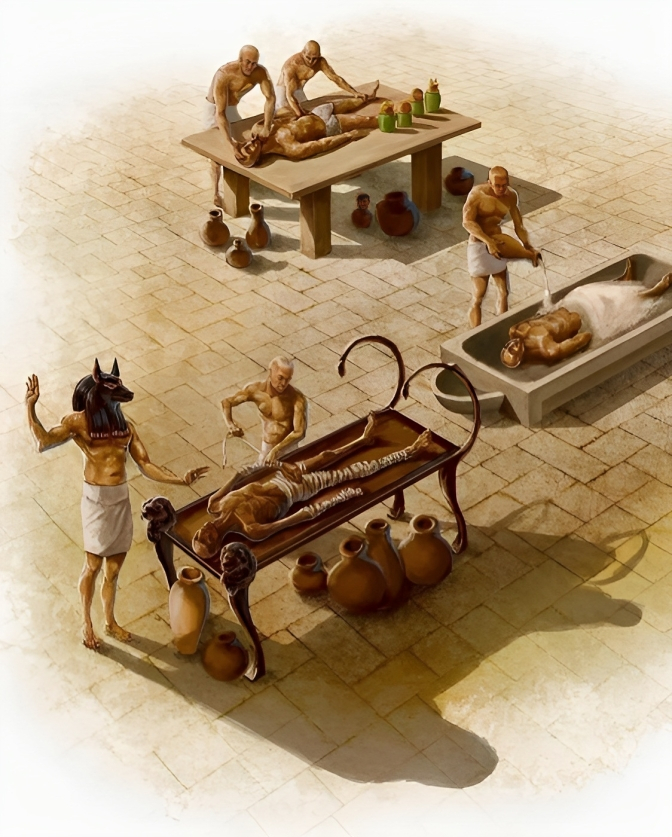
Pharaohs, which were considered more god-like than kings, continued their reign into the afterlife, therefore their tombs had to be designed to facilitate a smooth transition into the next world. And they were laden with valuable material items because the Ancient Egyptians truly believed that you CAN take it with you.
The Valley of the Kings
The Valley of the Kings was the favorite burial site for Pharaohs. The tombs themselves were expansive, with various chambers and passageways designed to confuse both evil spirits and tomb robbers. The actual burial chamber, where the sarcophagus with the mummy was placed, was hidden or disguised to protect it.

The Egyptians buried their pharaohs with items that were intended to help the pharaoh live in comfort in the afterlife. including food and furniture. But it was the jewelry, gold statues, burial masks, and other valuable artifacts that attracted tomb raiders.
Tomb Robbing … a Major Concern for Ancient Egyptians
Tomb robbing was a significant problem for Ancient Egyptians. To safeguard the tombs, they were often located in desolate, inhospitable places, covered in layers of debris, and designed with false entrances. Other security measures were used, too.
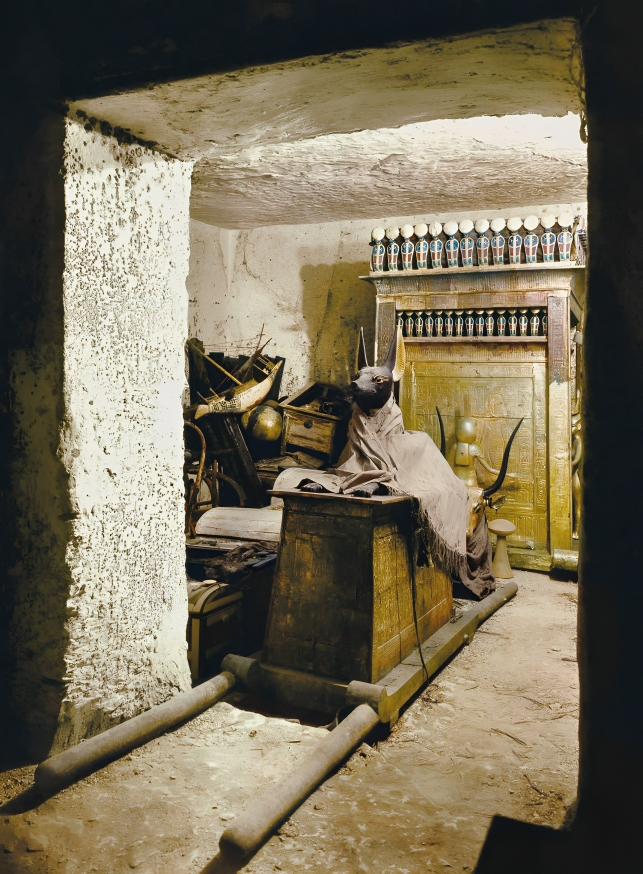
Corridors might be blocked by large stones, protected by warnings or curses inscribed on the walls, and guarded by big, imposing statues. Entryways were also sealed to prevent tomb robbers from accessing the valuables inside. That is what this story is about.
King Tut‘s Tomb
The reason why the discovery of King Tutankhamun’s tomb was so significant was that it was one of only a few royal tombs that was found intact. The security tactics worked. King Tut’s tomb had not been looted in antiquity.
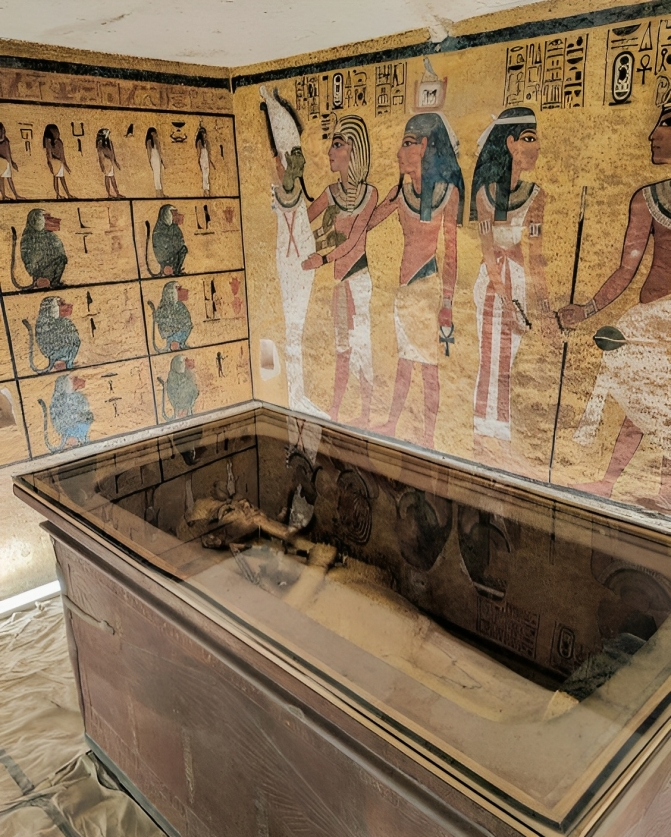
Howard Carter, Lord Carnarvon, and their crew didn’t, at first, realize just how important the find was. The outer door of the tomb had been breached in antiquity. Carter noted that the entrance had been replastered and resealed, so he assumed the tomb had been looted.
“I See Wonderful Things“
After finding the tomb, Carter took his time rather than rushing inside. He didn’t want to risk damaging the structure. After the outer sealed door of King Tut’s tomb was opened by Howard Carter, the British archaeologist peered into the tomb. That’s when Lord Carnarvon called in, asking Carter, “What do you see?”
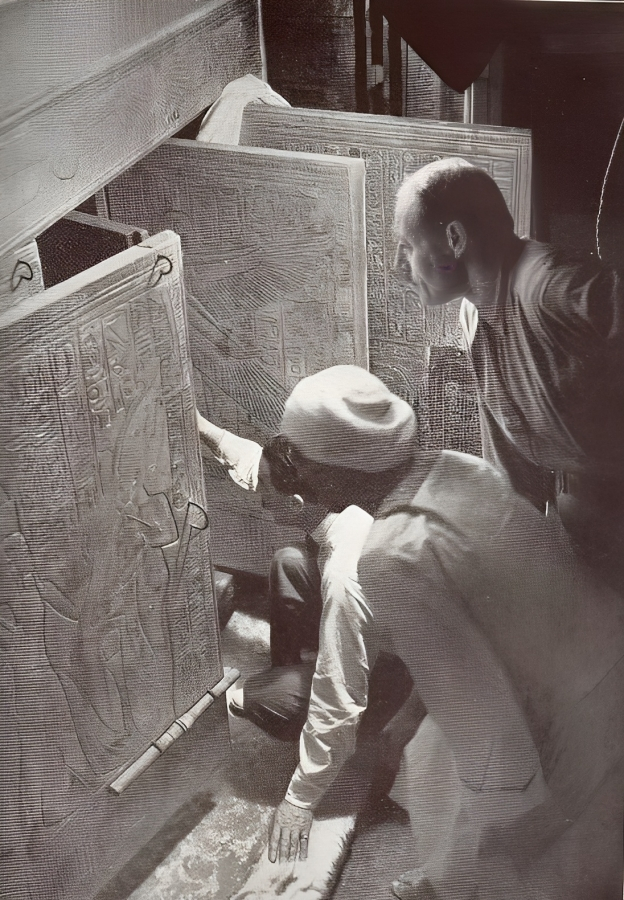
“I see wonderful things,” Carter answered. It was a simple response, yet it captured the awe and amazement of the experience. The tomb was teeming with well-preserved artifacts, including the iconic golden mask that has become synonymous with King Tut.
A Series of Shrines
King Tutankhamun’s body was placed in a series of four sarcophagi, one inside the other, which were then placed in a series of five shrines. At least twice in the ancient past, tomb robbers opened the outermost shrine of the five shrines.

The rest of the shrines, however, remained intact. Beyond the first shrine, the second shrine was made of wood inlaid with gold. The necropolis seal proved that the mummy of King Tutankhamun had not been disturbed in more than three thousand years.
Tutankhamen Took 3,000 Years to Become Popular
“Boy King” ruled during the New Kingdom, Egypt’s 18th dynasty from 1332 to 1323 BCE. During his short reign, Tutankhamen was not a mighty, powerful, or even popular pharaoh. He is believed to be the son of King Akhenaten who was a memorable ruler.
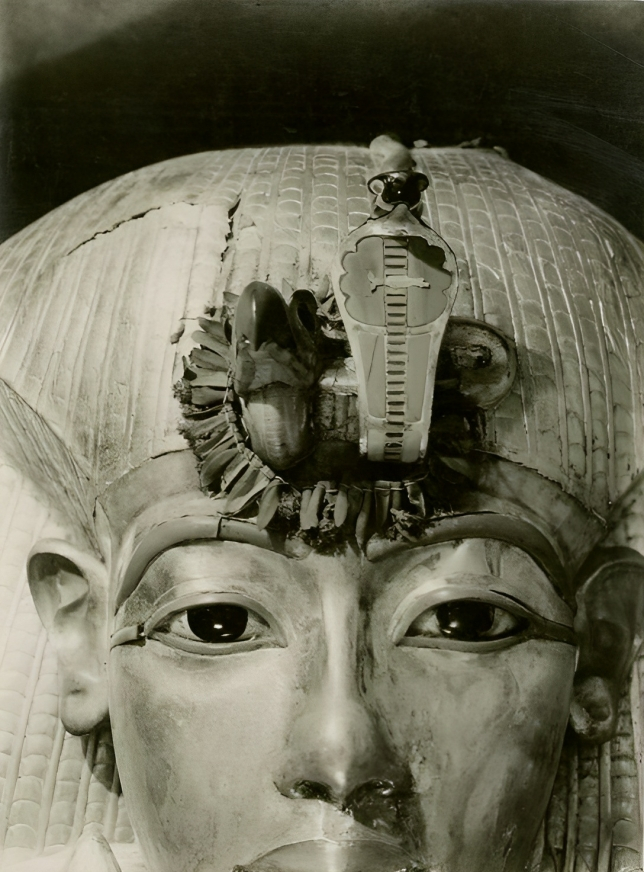
Under the reign of King Tut’s father, King Akhenaten suddenly changed the Egyptian belief system from polytheistic to monotheistic, with the sun god as the only true deity. This naturally caused conflict among the Egyptian people.
Undoing What His Father Did
Tutankhamen was only about nine years old when his father, Akhenaten, died, making him the new pharaoh. He truly was a Boy King. Given his young age, it is likely that Tut wasn’t the main decision-maker. He probably relied on a council of advisors.
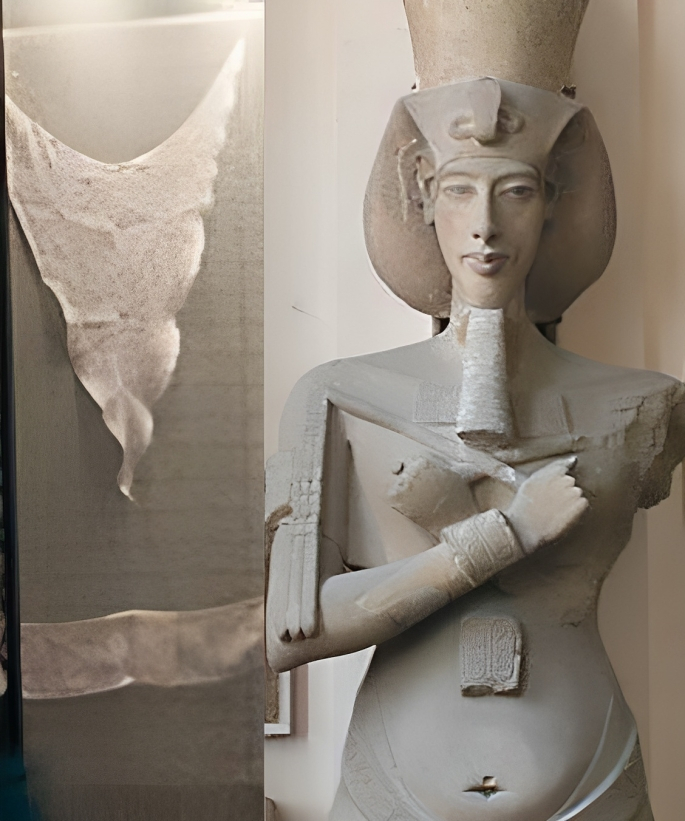
Although Tutankhamen is credited with restoring the traditional religious practices to his people the real credit should probably go to his handlers and advisors. King Tut was probably around 18 years old when he died, meaning he may have always been a figurehead pharoah.
How Did King Tut Die?
A teenage king who dies before reaching his twentieth birthday raises some red flags. Was he the victim of an Egyptian version of a game of thrones? Or did he succumb to illness? Researchers have studied the mummy of King Tutankhamen to determine the cause of death for the Boy King.
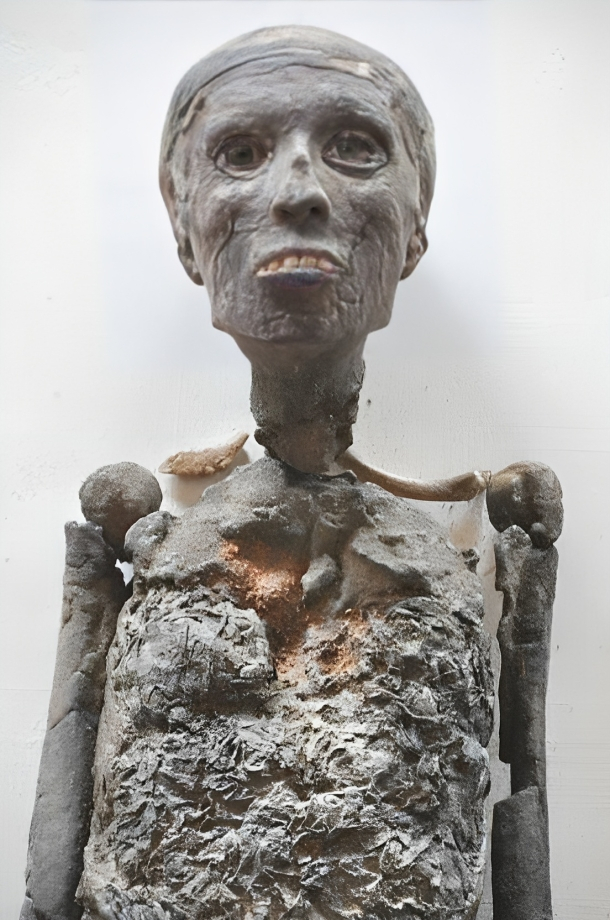
DNA analysis of the mummy shows that King Tut suffered from several health issues. His body indicated the presence of multiple strains of malaria. Additionally, scans of the mummy revealed that the pharaoh had a significant fracture of the leg. If that fracture was accompanied by an open wound, he may have contracted an infection.
The Unbroken Seal
The last shrine was sealed with a rope seal encrusted with dried mud. This sealed rope had stayed unbroken for 3,245 years. Photographer Harry Burton was able to snap this photograph in 1923 when the tomb of King Tut was first found.
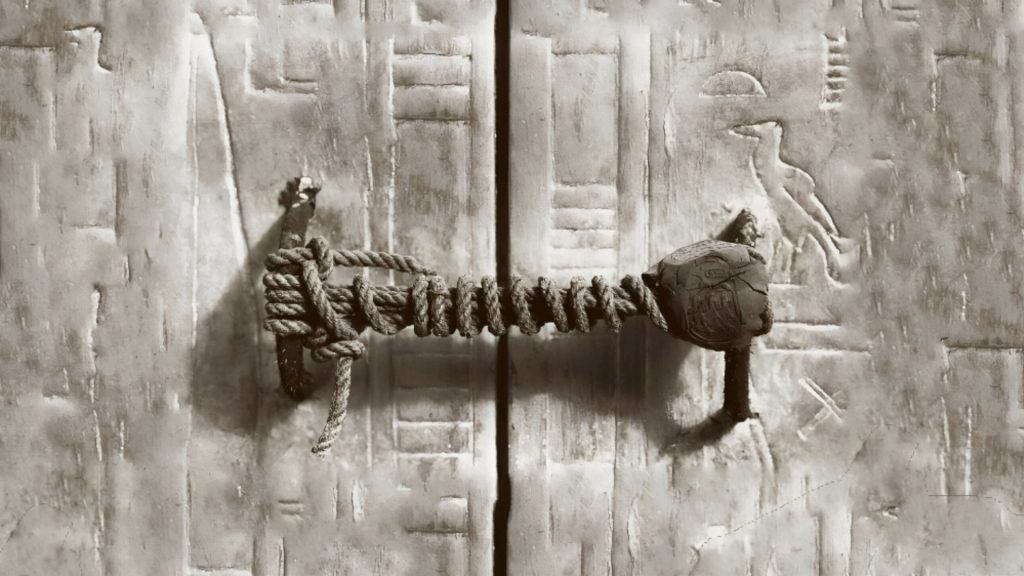
Burton’s photograph shows that the door of the shrine consisted of copper handles. The handles were held shut by a thick rope that was twisted and knotted. A clay seal bearing the likeness of the Egyptian god of the underworld, Anubis, was affixed to the rope.
A 3,000-Year-Old-Rope
Archaeologists know that organic materials such as cloth are rarely found in most parts of the world. That’s because the climate is ideal for bacterial growth and bacteria causes the material to decompose.
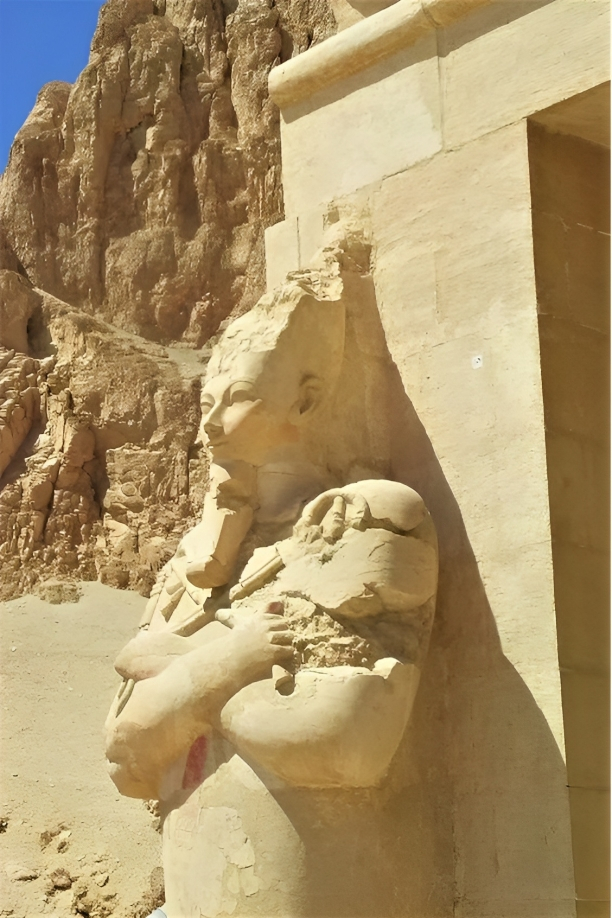
As an organic material, rope is biodegradable. So, it is amazing the rope survived after so long, right? Not really. The arid air of the desert was a contributing factor. Without moisture, bacteria cannot survive. The other factor is oxygen. Sealed tombs were deprived of oxygen, therefore bacteria could not cause the rope to rot.
Are Archaeologists Just Modern Tomb Robbers?
After the discovery of King Tut’s tomb, Howard Carter earnestly worked to remove the priceless artifacts from the burial chamber. The treasured objects were taken to England to display them in the British Museum to satisfy the public’s frenzied interest in Ancient Egypt.
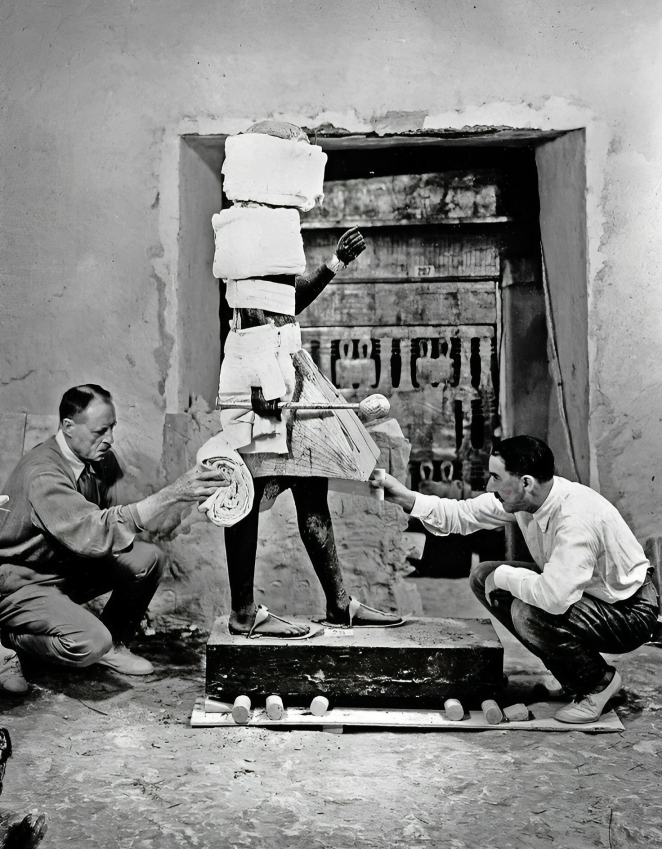
This begs the question … are archaeologists merely modern-day tomb robbers? There are many people who think so, including the Egyptian government. At the time of the tomb’s discovery, Egypt was working to gain its independence from Great Britain.
Keep Egyptian Artifacts in Egypt
The Egyptian people sought to block Carter from moving the ancient pieces out of Egypt. A legal dispute was filed which was resolved in early 1925. The ruling favored the Egyptian people and aimed to preserve Egyptian antiquities.
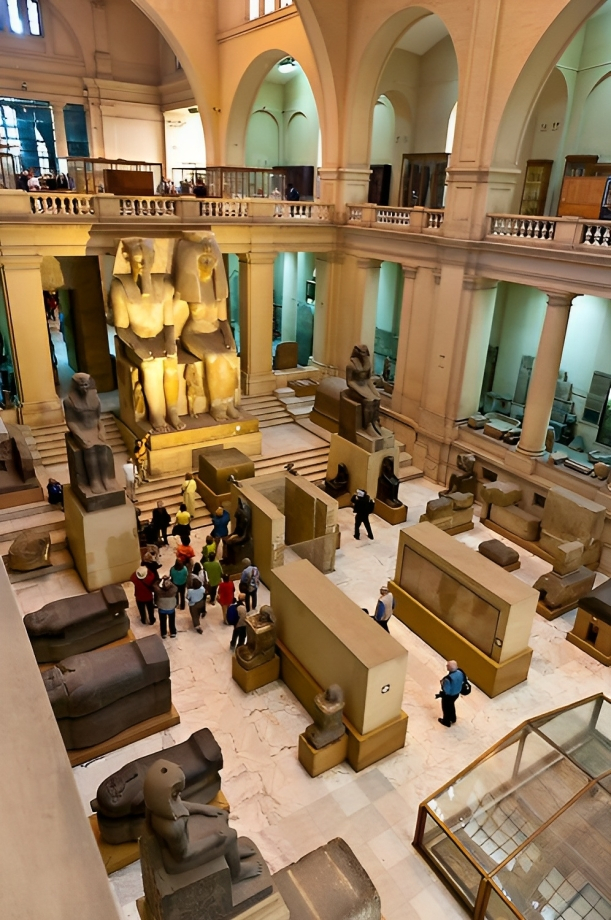
The ruling stated that the contents of the tomb would not go to the dig’s sponsors and the government of the archaeological team, as had been the case in previous excavations. Instead, the majority of the items from King Tut’s tomb and others would be displayed at the Egyptian Museum in Cairo.
Who Broke the Rope Seal?
Sadly, the photograph of King Tut’s rope seal, taken by Harry Burton in 1923, shows the last time that the more-than 3,000-year,old was intact. Archaeologist Howard Carter broke the rope seal that protected the shrine holding the Boy King in his quest to discover what riches lay inside.
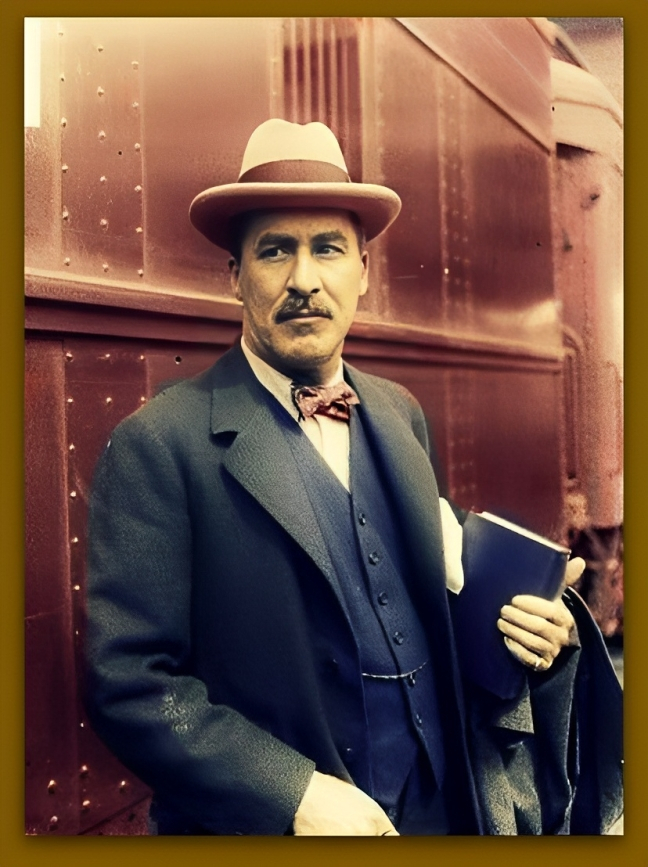
In the 1920s, much of Europe had become fascinated by the culture of Ancient Egypt. Carter’s extraordinary find helped fan the flames of this obsession, but at what cost? The tomb was violated and looted, albeit in the name of archaeological discovery, despite the best attempts by this rope seal.



